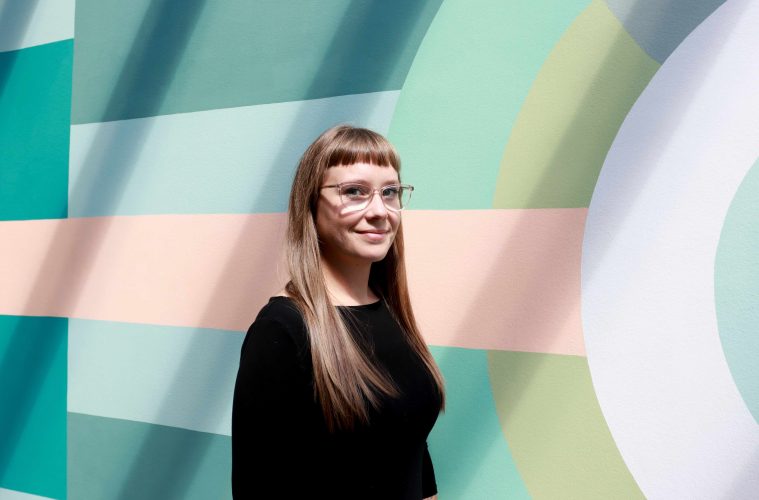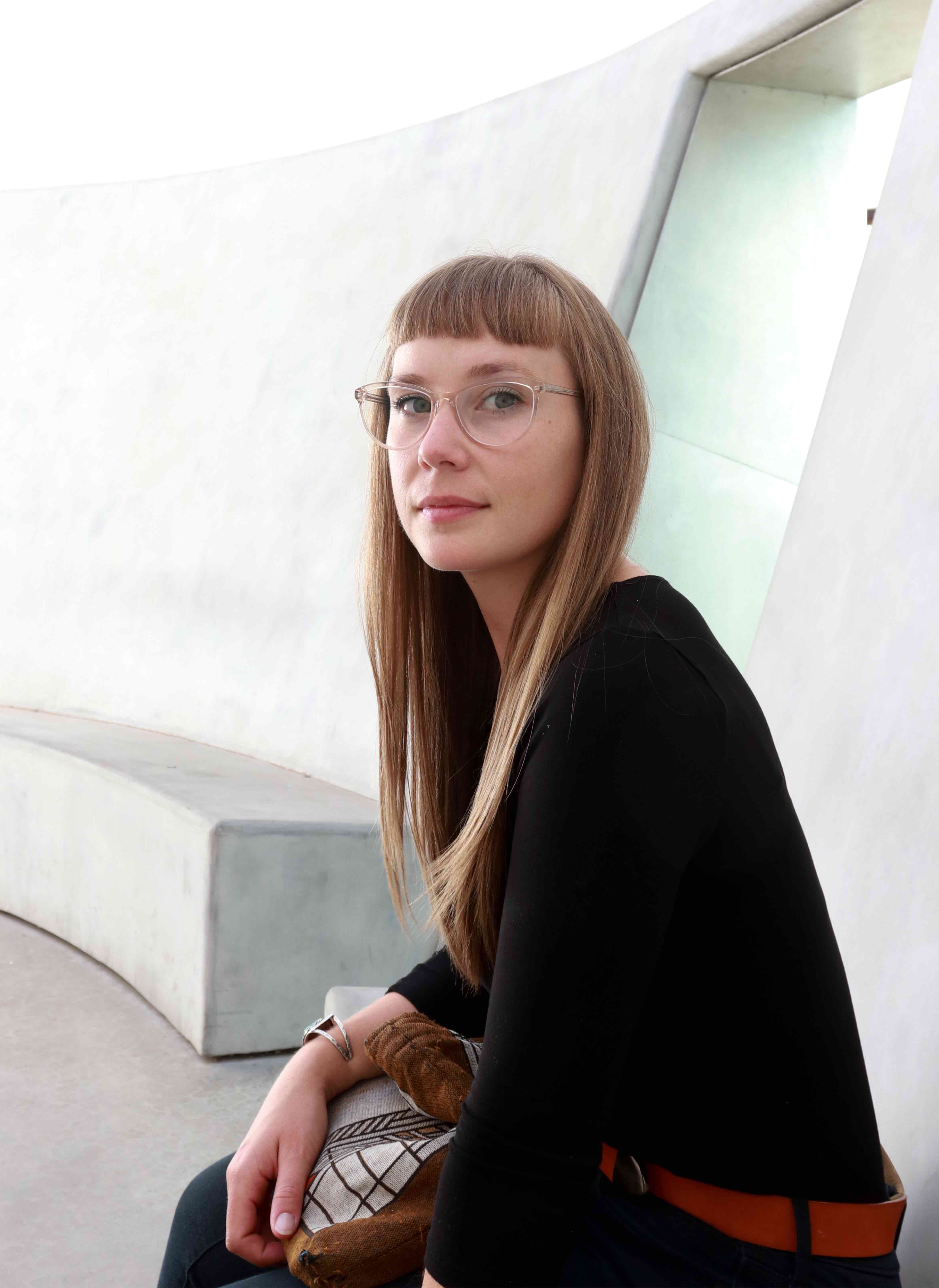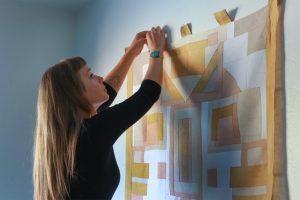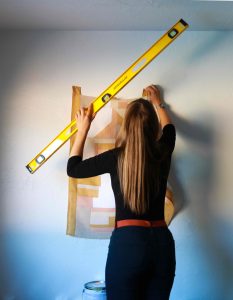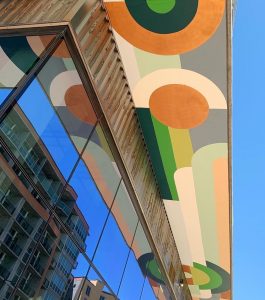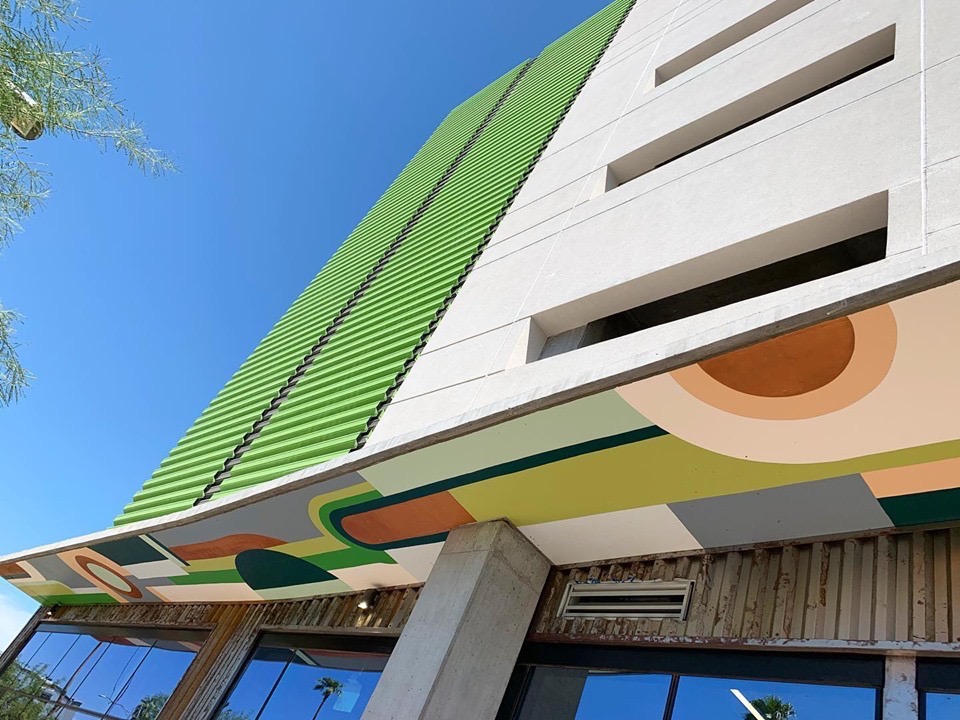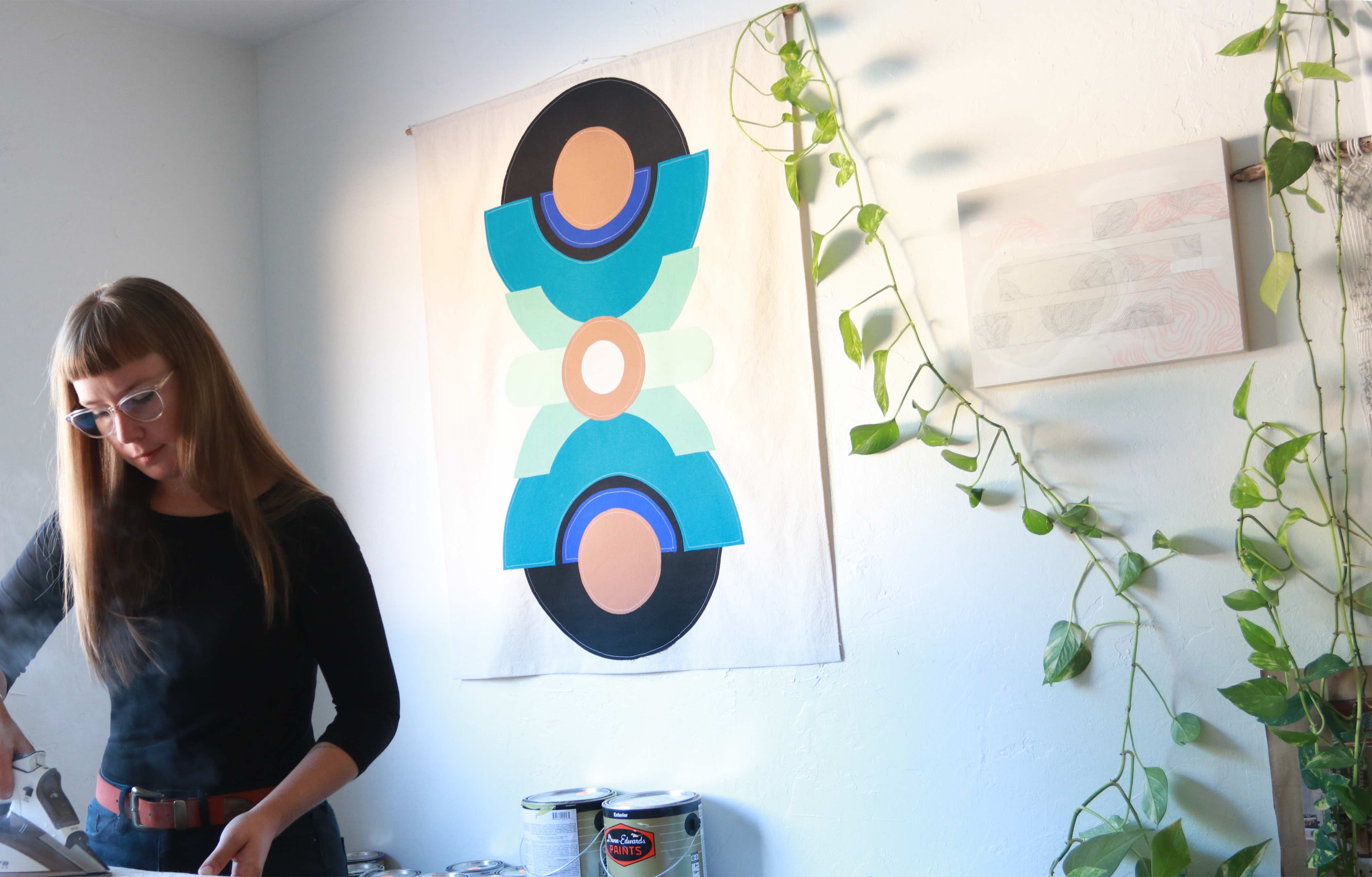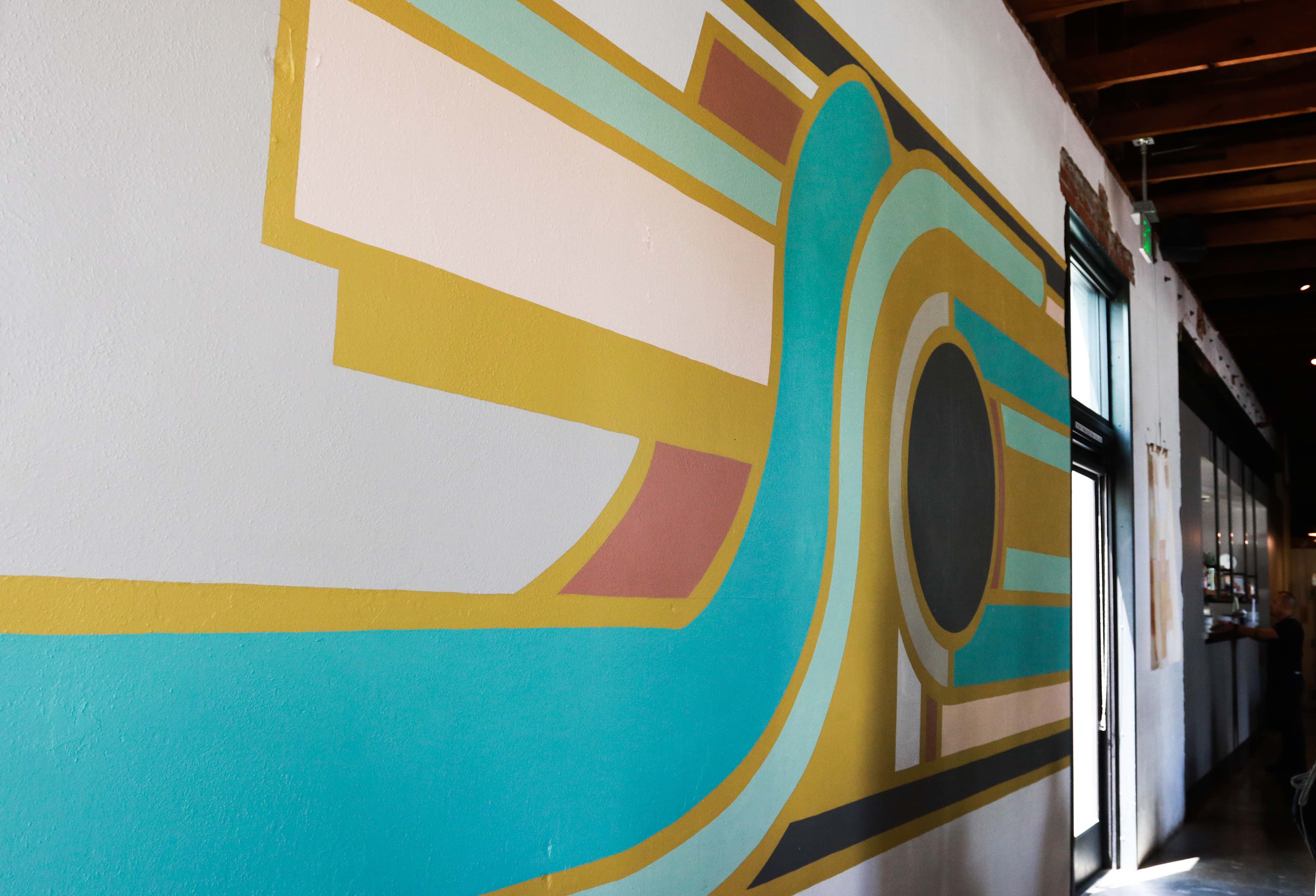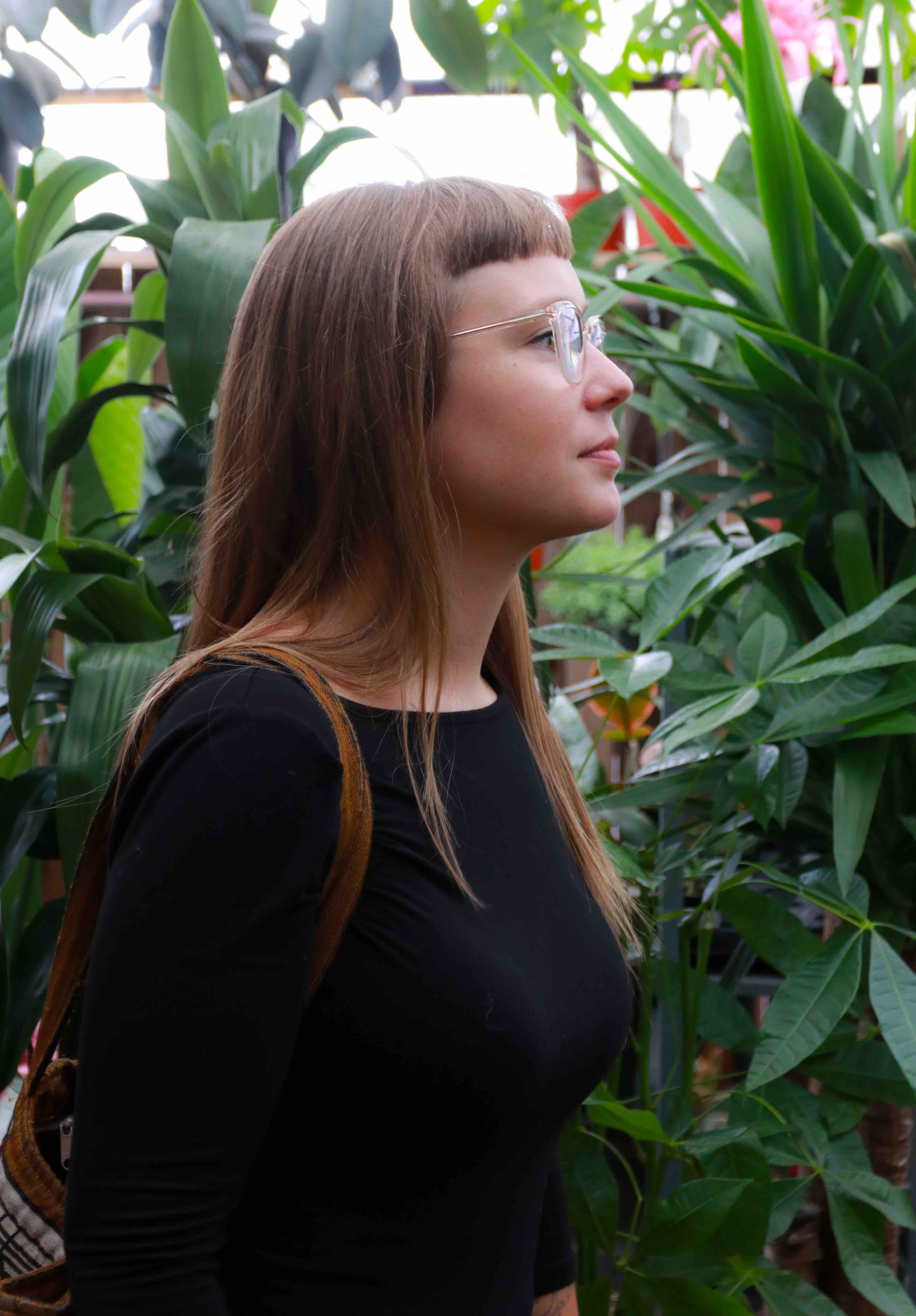Janel Garza’s attraction to patterns and symmetry in childhood has followed her full circle into adulthood and her work as an ever-evolving artist and designer with holistic ecology in mind.
Garza was born and raised in Mesa, spending most of her childhood and early adult life in the East Valley. Her mother, an elementary school art teacher, introduced her to her path at an early age by using her as a guinea pig for her classroom projects and lessons. Garza also attended the New School for the Arts & Academics for her last years of high school, which exposed her to a diversity of mediums, from ceramics to life drawing.
However, she verged away from the arts during college, attending Northern Arizona University to study ethnobotany for a year before settling at the Southwest Institute of Healing Arts (SWIHA) in Tempe. There, she studied Western herbalism, merging her two passions after graduating by providing illustrations for a professor’s textbooks. As you flip through the pages, Garza’s current iconic style is not found in the black-and-white drawings of herbs and medicinal plants. But this was her first professional stint in the arts, and it incited her cravings to continue in that direction.
She moved to Phoenix in 2012 and began her career as a professional artist, showing in galleries and experimenting with different mediums to translate her style.
Garza’s grounded style belies her nature. “I’m very impatient,” she laughs. The heavy presence of her aesthetic follows her jumps to different mediums and practices; when she tries something new (which is often), it seems to come naturally, making you believe she’s been doing it for years. The muted boldness of her colors and patterns fluidly transfixes onto each new experiment or project, satiating her restlessness and proving her versatility. As she’s moved between painting, textiles, jewelry, and murals, her style has followed. “It’s just slowly developed into something that’s a little more organic.”
Some of her earliest artistic manifestations were the mandalas she created in high school and earlier. These developed through her practice of painting on used furniture, where she worked to fit symmetrical patterns into the shapes of the chairs and tables. Acrylic paint was her first love, as she cherished the sensation of making clean lines.
Her work took a turn when she decided to design and create earrings, which introduced her to the world of fabrication and laser-cutting. She began to take advantage of contemporary technology to expand her work, and during this process, the technology began to shape her work. Her most recent pieces, whether painted or laser-cut, have been influenced by varying hints of software – primarily Adobe Illustrator, the main program used by laser cutters.
“The way that Illustrator works, and the way I know how to use it, limited and influenced the things I was making, so my style moved into a way where I could design things that fit into that.”
Garza first sent her renderings to a friend at 11th Monk3y to fabricate, but she eventually took on the entire process and joined the CREATE makerspace to access its laser cutters. Earrings evolved into larger, layered laser-cut wood pieces, bridging technology with the organic. But limitations on her artistic growth in wood-cutting became physical – the cumbersome weight of larger pieces irritated her. By then, she had already started researching and working with textiles. Dyeing natural linen with organic ingredients served a larger purpose while providing a satisfying sensory experience.
It’s not just Garza’s earthy aesthetic that continues throughout her evolving projects; her concepts are translated into each permutation of her work. The result is not an overt message or a representational narrative, but an abstract sentiment that she leaves open to interpretation.
“I’d say there is an underlying feeling. The themes being balance, harmony, and the interconnectedness of things,” Garza shares. “The underlying feeling that you get from the pieces is generally the same.”
Drawing from her background, her work subtly pulls from plant life, the desert landscape and environment, and their universal connections to people. “I am still very much in love with plants. I’m always trying to pull plants, the environment, and ecology into the work, even though it’s not always apparent.” She works to translate the medicinal, emotional, physical, ecological, and spiritual traits of plants into abstract form.
“Right now, what interests me and what I love thinking about are very holistic ideas.” This was soundly exemplified when Garza exhibited Interwovenat the Gallery at 180 Degrees Automotive in the Melrose neighborhood last year. Her academic experience was steeped into her artistic practice through large linen mosaics, dyed with different edibles.
“Onion skins, avocado pits and peels, black beans, cabbage, turmeric – the theme was the connection between people and plants, and plants as food.” She catered the show with dishes showcasing the products she used to dye the linens, bringing the show and message full circle.
Garza’s foray into murals started with painting a wall in her mother’s backyard, and quickly escalated when Laura Spalding Best reached out to her to create a mural for the Scottsdale Museum of Contemporary Art. You can find her other murals gracing the walls at Gallo Blanco, Mackenzie Collier Interiors at McKinley Club, and most recently The Link PHX apartments in downtown Phoenix.
Garza uses murals to express the space surrounding the piece – to “create a cohesive sense of balance, so that it feels like it’s always been there.” She takes a survey of the location’s elements – the walls, the flooring, the color and shapes of the lobby’s furniture, the landscaped plants – and creates a visual reduction of them.
Her work frequently blurs the lines between art and design; she’s content to align with both, and often approaches work like a designer would, engaging in research and weighing different variations before deciding on a final product.
Her analytical and calculating approach balances her affinity to nature and her drive to translate it into new mediums. “I like to break things down into more simplified versions,” she explains, “like building blocks.”
Aspects of her strong, yet soft murals both align and contrast with those of her partner, the prolific muralist JB Snyder. Likely, they have influenced each other in subtle and inevitable ways, but their styles and artistic practices remain largely independent. Garza tends to be more reserved and controlled when it comes to her art, while Snyder is very expressive and works with other artists frequently. Only recently have the two collaborated on a few pieces. With close to six years behind their relationship, they have spent plenty of time supporting each other throughout their careers as professional artists. Recently for Garza, having a veteran muralist around has helped when she needed to troubleshoot some of her first mural projects.
However, like all her other artistic endeavors, Garza won’t be settling exclusively into murals for the long haul – especially not after spending a good portion of her summer painting The Link’s outdoor ceiling. Even now, she is looking ahead in a different direction for her next major opening on January 17 at Cobra Flute Projects. She envisions constructing something akin to a textile interior within the gallery, looking to translate stained glass into fabric and light, and transforming her underlying feelings into something new.
She’s also looking forward to exploring more opportunities to combine her art with her academic background in a position she took at the Self-Arising Nature (SAN) Center, a natural healing and wellness organization. Garza recalls meeting the founder, Katie Hess, when she was studying at SWIHA. Hess gave a talk there on flower essences and her company, LOTUSWEI – then later ran into Garza at Gallo Blanco, where the two became reacquainted. Eventually, Garza came to work for Hess in SAN’s apothecary, and she hopes to teach classes there on natural dyeing and other artistic practices.

